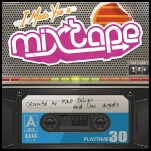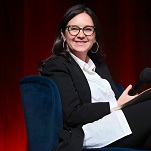Read This: Cord-cutting may not be all it’s cracked up to be
Cutting the cord on expensive cable TV service is a rosy proposition for many, and since the FCC just voted to uphold Net Neutrality, why not? Still, it may not ultimately end up being much of a bargain, according to this in-depth piece by Ben Thompson at Stratechery.
Thompson explores the structure of the TV business in the U.S., from content creation to delivery to the way affiliate fees have been handled, and argues that while the industry has been through technological shakeups before, they’ve largely resulted in money moving around between its major players without resulting in significantly reduced costs to the consumer. Cord-cutting via a service like the new Apple Web TV, (with a reported $30-40 per month subscription fee) will likely be no different. Especially not if you want your HBO and Amazon Prime along with it.
And maybe that isn’t a bad thing. It’s cable TV and the affiliate fee model (where companies paid networks like ESPN for the privilege of carrying their channel) that created an environment that’s enabled the growth of television’s golden age. As Thompson writes:
The advertising-only model of the 60s and 70s resulted in blah, lowest-common-denominator content; the affiliate fee model, on the other hand, meant content creators had to have must-see content for some fraction of subscribers—that was their leverage for jacking up affiliate fees. Some, like ESPN, have bought that must-see status with exclusive sports rights deals, while others, like AMC, have earned it with compelling content like Mad Men or Breaking Bad.








































